by Joseph Shieber
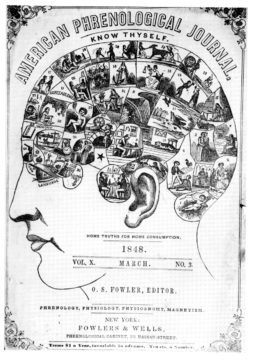
There is a spate of popularizations of neuroscience promoting the idea that “reality isn’t something you perceive, it’s something you create in your mind”, that “everything we perceive is a hallucination created by the brain”, or — as one Scientific American article put it — “It is a fact of neuroscience that everything we experience is a figment of our imagination.”
These popularizations are unfortunate, because they run together at least two claims that we should distinguish from each other. The first claim is that perception isn’t merely a process in which the brain passively receives impressions from the world. Rather, it’s a process in which the brain is an active participant, testing predictions about the world against the inputs that it receives. The second claim is that, if the brain is an active participant in perception, then perception “creates reality in your mind” or is a “hallucination”.
Now, when neuroscientists make the first sort of claim, they’re speaking on the basis of their expertise as scientists. Indeed, the past thirty years have seen the rise of views in psychology and neuroscience that understand the brain as, in the words of the noted philosopher and cognitive scientist Andy Clark, a “prediction engine”.
Here’s how Lisa Feldman Barrett puts this idea in her book, How Emotions are Made: The Secret Life of the Brain :
The discovery of simulation in the late 1990s ushered in a new era in psychology and neuroscience. What we see, hear, touch, taste, and smell are largely simulations of the world, not reactions to it. … Simulations are your brain’s guesses of what’s happening in the world. In every waking moment, you’re faced with ambiguous, noisy information from your eyes, ears, nose, and other sensory organs. Your brain uses your past experiences to construct a hypothesis—the simulation—and compares it to the cacophony arriving from your senses. In this manner, simulation lets your brain impose meaning on the noise, selecting what’s relevant and ignoring the rest. (Feldman Barrett, Chap 2)
Of course, it’s important not to downplay the significance of this development in our understanding of perception. Traditionally, philosophers drew a stark distinction between perception and inference. On this traditional view, perception is the primary route by which we acquire new information, whereas inference can only transmit information that we already acquired. Read more »



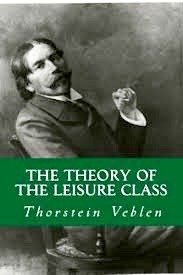 Thorstein Veblen’s The Theory of the Leisure Class is a famous, influential, and rather peculiar book. Veblen (1857 – 1929) was a progressive-minded scholar who wrote about economics, social institutions, and culture. The Theory of the Leisure Class, which appeared in 1899, was the first of ten books that he published during his lifetime. It is the original source of the expression “conspicuous consumption,” was once required reading on many graduate syllabi, and parts of it are still regularly anthologized.
Thorstein Veblen’s The Theory of the Leisure Class is a famous, influential, and rather peculiar book. Veblen (1857 – 1929) was a progressive-minded scholar who wrote about economics, social institutions, and culture. The Theory of the Leisure Class, which appeared in 1899, was the first of ten books that he published during his lifetime. It is the original source of the expression “conspicuous consumption,” was once required reading on many graduate syllabi, and parts of it are still regularly anthologized.




 Last month
Last month  My Jewish maternal grandparents came to America just ahead of WWII. Nearly all of my grandmother’s extended family were wiped out in the Holocaust. Much of my grandfather’s extended family had previously emigrated to Palestine.
My Jewish maternal grandparents came to America just ahead of WWII. Nearly all of my grandmother’s extended family were wiped out in the Holocaust. Much of my grandfather’s extended family had previously emigrated to Palestine.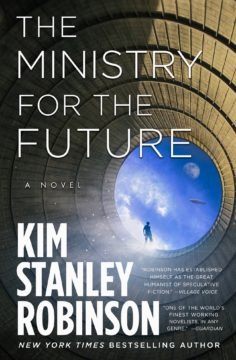
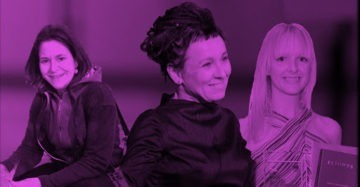
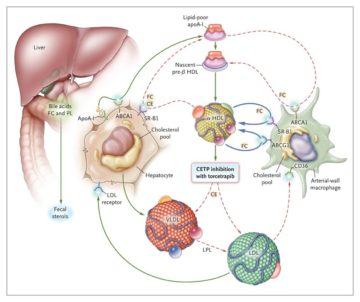 shocking. Torcetrapib, for example, failed at the very end of its phase III trial. So many resources had been expended to get that far in development. Everything spent was lost. All that remained was a big data pile worth virtually nothing, along with pilot plants that were built to supply the drug to thousands of patients across years of clinical trials.
shocking. Torcetrapib, for example, failed at the very end of its phase III trial. So many resources had been expended to get that far in development. Everything spent was lost. All that remained was a big data pile worth virtually nothing, along with pilot plants that were built to supply the drug to thousands of patients across years of clinical trials.
 “The American way of life is not up for negotiation.” —George HW Bush to the assembled international diplomats at the Earth Summit in Rio de Janeiro, 1992
“The American way of life is not up for negotiation.” —George HW Bush to the assembled international diplomats at the Earth Summit in Rio de Janeiro, 1992 Not since the Civil War and Reconstruction has the citizenry in the United States been so divided. In our current
Not since the Civil War and Reconstruction has the citizenry in the United States been so divided. In our current 